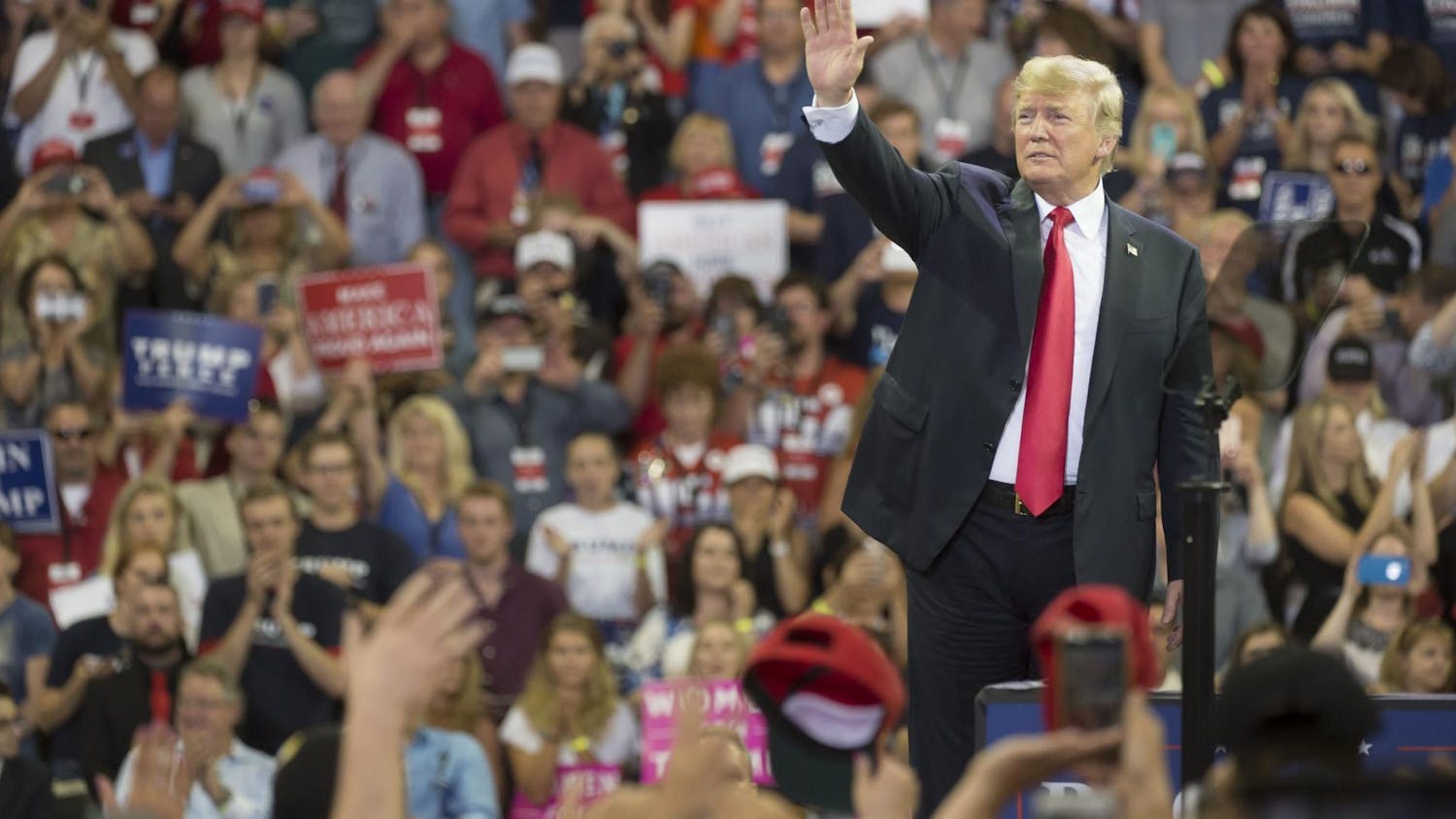Appropriation remains one of the hardest-to-talk-about phenomena in pop culture, which is, fundamentally, a hodgepodge of widely circulated ideas that originated in specific subcultures.
On Tufts’ largely liberal campus, it has been my experience that there is a wide array of perspectives on appropriation — some view it as a serious issue, some simply aren’t quite sure what it is and some offer blithe dismissals of appropriation as if there is never cause for a reasonable person to be upset when aspects of a culture, or perceived aspects of a culture, are adopted, bastardized or lampooned by white Americans, collectively or individually.
But what exactly is the problem with it? Some boil it down to intent, while others equate any co-opting of cultural dress or symbol as tantamount to outright racism. I believe that the line between appreciation and appropriation is somewhere in the middle.
Visual symbols like makeup or clothes, like food or language, are a part of the way cultures express their values and beliefs, as well as how they represent themselves to the world. When outsiders use such meaningful garments or symbols as fashion statements or for monetary profit, they separate the garment from the meaning a community gives it, thus cheapening it. Those who are guilty of it do so often without recognizing it — meaning the intent may be pure, but that does not lessen the impact it has on the oppressed community. And when those called out for their offense expect the oppressed culture from which they cherry-pick their favorite elements to see the offense as “appreciation,” they are speaking from privilege.
While some of the impacts of the appropriation of black culture certainly apply to that of other cultures, the United States’ long history of institutional racism against black people makes such offenses particularly consequential to the black community. Commonly appropriated aspects of black culture in our society have been historically used to oppress and discriminate against black people. Black women, in particular, continue to face discrimination, degradation and hyper-sexualization for their hair and bodies — only for such features to be glorified and become fashion trends when Kim Kardashian wears braids.
The same implies to indigenous communities, who were raped, pillaged, massacred and forced to assimilate to white culture — wearing a tribal headdress as a Halloween costume ignores its cultural significance and history and makes you complicit in their continued oppression.
What underlies any act of appropriation, whether conscious or not, is the notion that other peoples’ cultures are there for the taking. And though the rise of globalization and cultural exchange makes it difficult to stop cultural appropriation, we must remain vigilant in recognizing and calling it out whenever possible.





